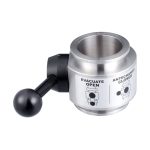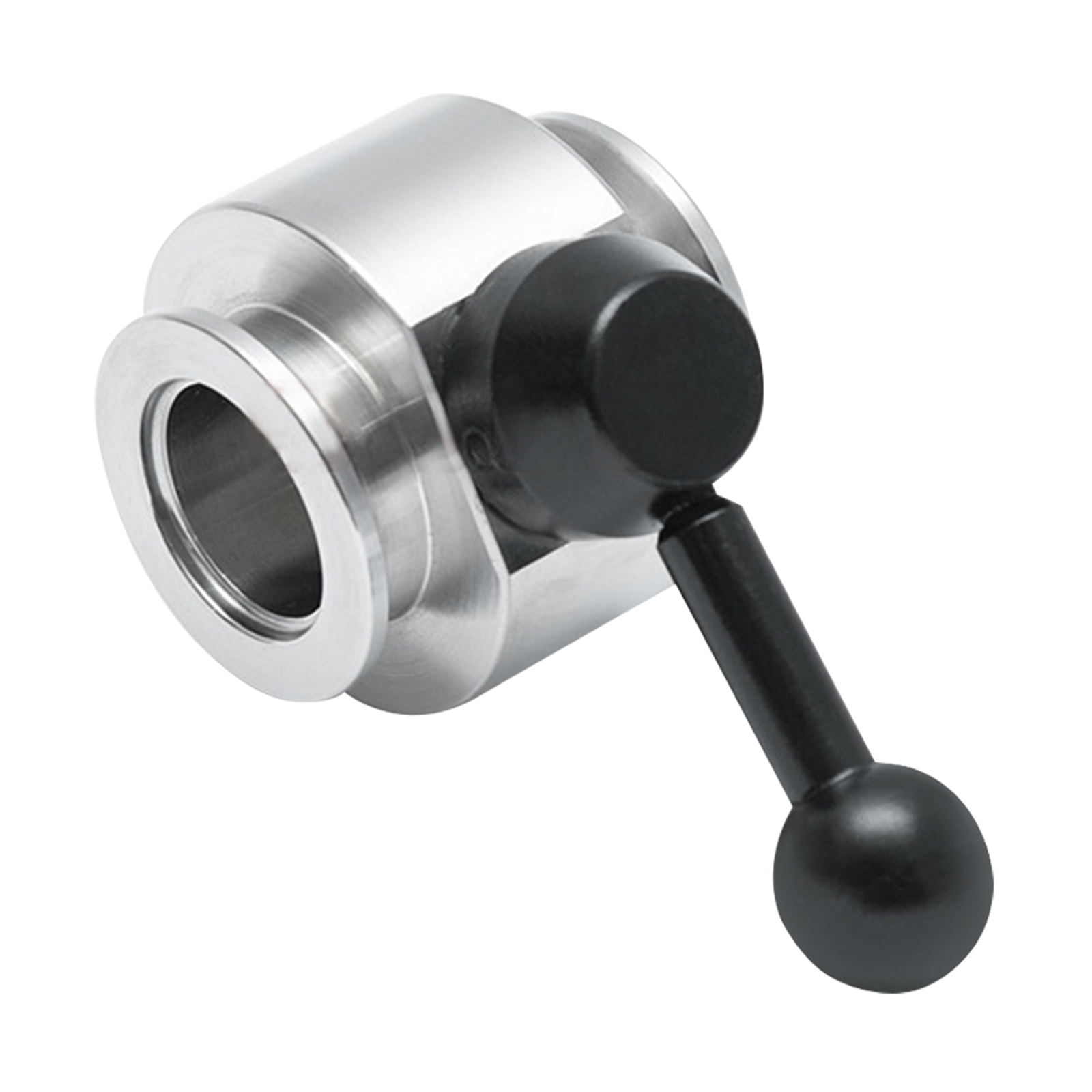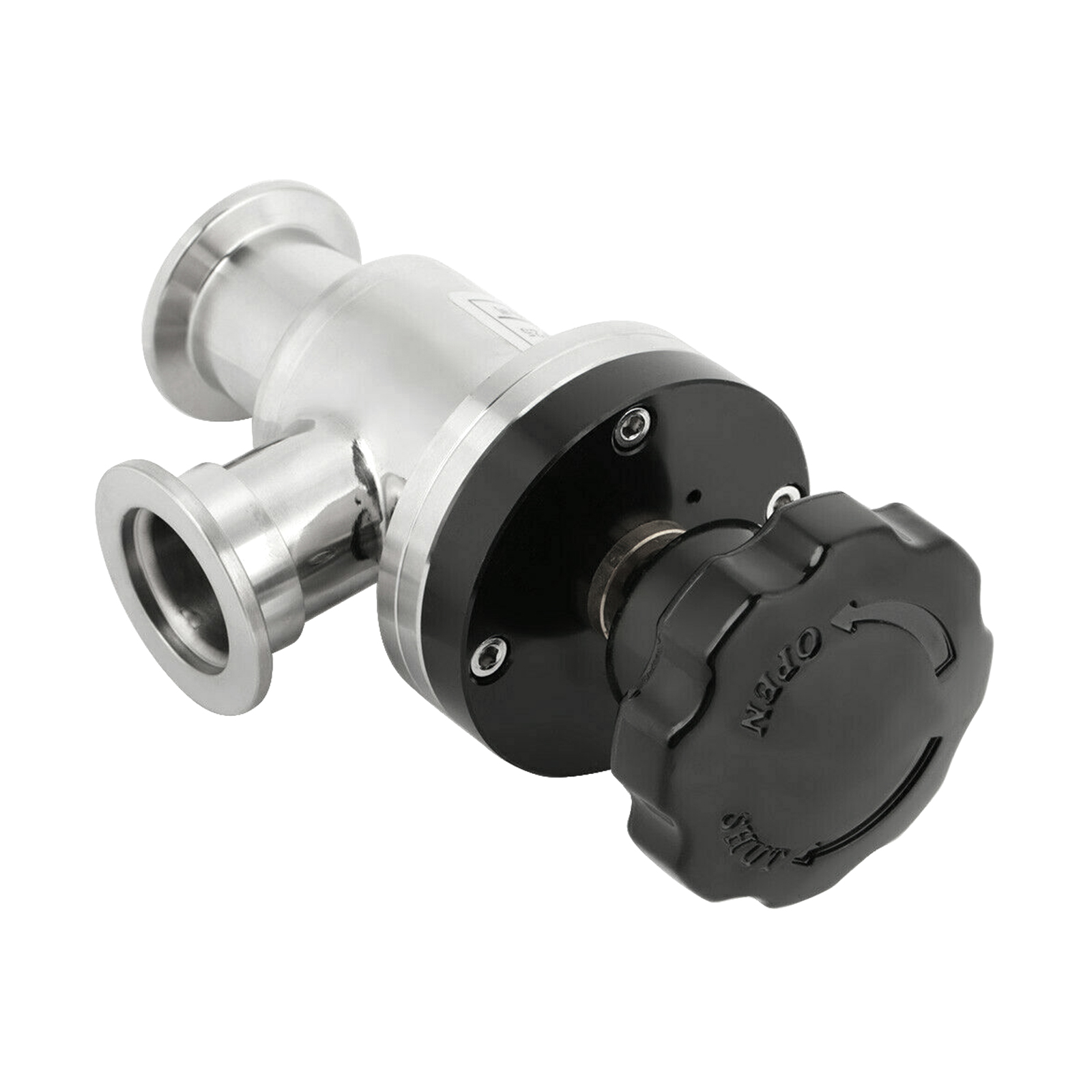
Principle, Application and Characteristics of Emergency Shut-Off Valve
The emergency shut-off valve is a high-tech, energy-saving, environmentally friendly and convenient new product. Fire protection applications in modern buildings are increasing. In the course of use, some problems were also found, some were construction problems, and some were design problems. A good product not only requires hard product quality, but also has the characteristics of convenience, quickness, simple operation, and convenient maintenance.
The working principle of emergency shut-off valve
The emergency shut-off valve is one of the hydraulic control valves. It is composed of main valve, throttle valve, pilot valve, pressure gauge, takeover and other pipe fittings. When the inlet pressure of the main valve is lower than the pressure set by the pilot valve, the pilot valve is now in an open state. The pressure in the upper cover cavity of the main valve is equal to the outlet pressure of the main valve. There is a pressure difference between the inlet and the outlet, and the water flows through the valve port and flows out from the outlet. . When the fire pump is started, or the pressure of the variable frequency pump rises and exceeds the set pressure of the pilot valve, the pressure of the pilot valve control pipe from the main valve inlet to the pilot valve rises, and the pressure on the spring increases, pressing downwards and driving the spool Move down to close the pilot valve. At this time, the main valve inlet pressure is continuously replenished to the upper cavity of the main valve bonnet through the throttle valve. Because the downward pressure on the disc is greater than the upward thrust, the main valve is closed. Please note that the key point is that the valve is always open if the inlet pressure is less than the set pressure, and the valve is closed if the inlet pressure is greater than the set pressure. Nowadays, many designers mistakenly think that as long as the emergency shut-off valve is installed, it will be closed. There is no need to talk about any conditions.
Why use an emergency shut-off vacuum valve
Traditionally, the fire pipe network and the living pipe are two different water supply systems, which are supplied by two pump groups separately, and a long distance from the pump house to the building is supplied by two pipelines. In this way, the construction workload of the two-way pipeline is large, the cost of pipeline materials is doubled, and there are many inconveniences in identifying a certain pipeline during maintenance; second, the fire-fighting pipeline is not used for many years, and it is easy to rust. Corrosion and thinning, there is no need to have no pressure at ordinary times, and once a fire occurs, the pressure in the pipeline will suddenly increase and burst easily, causing the fire fighting system to fail to supply water. Third, Shanghai advocates pumping water directly from the municipal pipe network instead of setting up underground pools. This not only saves the cost of pool construction, but also avoids secondary pollution of the water source. Keeping the water source clean and hygienic and ensuring people’s healthy water is the most important one.
Problems in the project
- When the fire pump starts, all emergency shut-off valves are in an open state.
The third problem is that in the drainage system of the pump room, the water discharged from the pressure relief valve should be discharged into the fire pool or sewer, not in the narrow open ditch.
- The choice of installation location. So far, most users have placed the emergency shut-off valve installation position in the well. One user installed the emergency shut-off valve under the stairs. I think it is more reasonable to place it under the stairs, which is convenient for debugging and maintenance.
- The pipeline should be flushed clean before being used. During the commissioning process, we found that the emergency shut-off valve could not be closed. Except for the pressure factor, it was suspected that there were pebbles in the valve body. After inspection, most of the 12 valves had pebbles, and two of them plugged the lower cavity of the valve body. full. Therefore, the pipeline should be cleaned before installing the emergency shut-off valve to ensure the normal operation of all valves.







